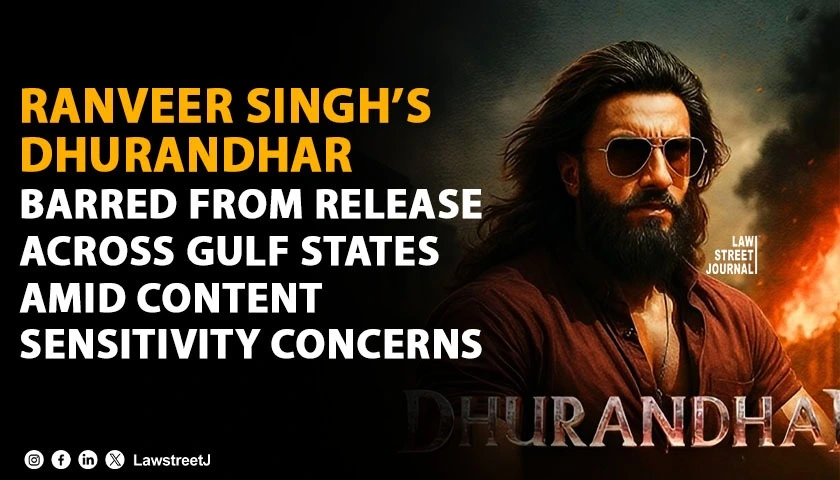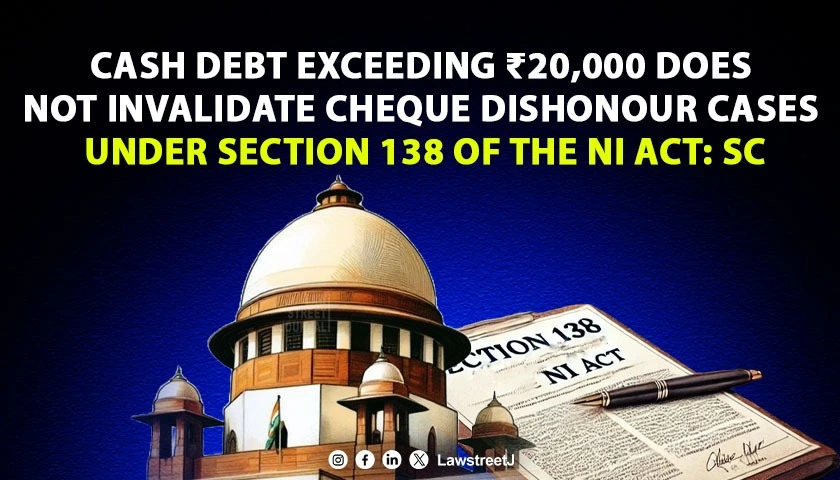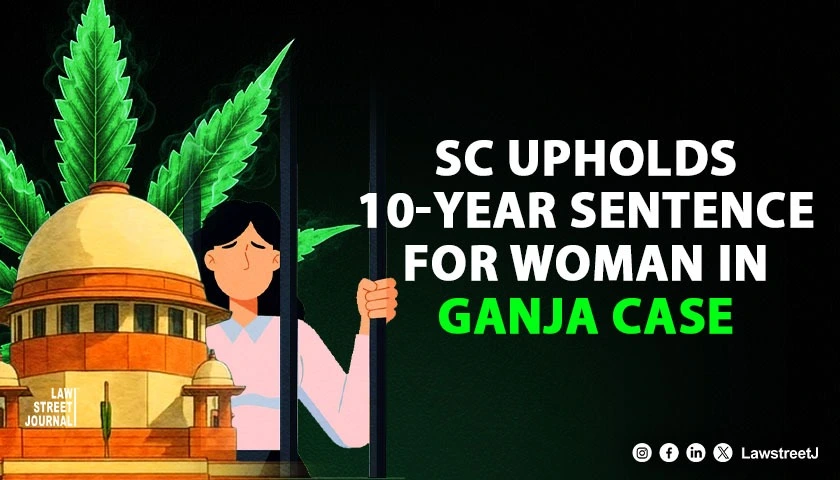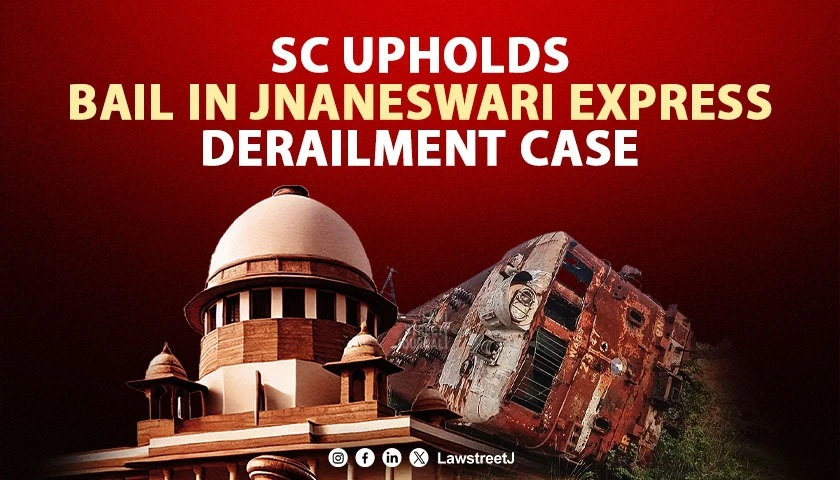Kerala: The Kerala High Court has ruled that when multiple documents concerning the same property are challenged, the court fee needs to be computed only on the principal relief and not on the ancillary reliefs, applying the proviso to Section 6(1) of the Kerala Court Fees and Suits Valuation Act, 1959.
Justice P. Krishna Kumar examined the distinction between main and ancillary reliefs for the purpose of court fee, emphasizing that where one relief depends entirely on another, only the primary relief attracts court fee liability.
The Court was hearing a matter challenging an order passed by the Munsiff Court, Koyilandy, which had directed the petitioner to amend the valuation portion of the plaint and remit additional court fee.
The petitioner had originally filed a suit seeking a permanent prohibitory injunction. Based on the contentions raised in the defendants’ written statement, he amended the plaint to include a prayer for a declaration that Document Nos. 805/2008 and 1938/2010 of SRO, Naduvannur, are null and void.
The defendants raised an additional issue regarding the sufficiency of the court fee paid. The trial court held that the petitioner had undervalued the suit by basing the valuation on the consideration shown in the first document (Rs. 1,50,000 under Document No. 805/2008) alone, while the disputed property’s market value was much higher as reflected in the subsequent document (Rs. 6,07,300 under Document No. 1938/2010).
Challenging this direction, the petitioner contended that the plaint valuation could not be based on the subsequent document relating to the same property when both instruments were under challenge.
The respondents did not appear before the High Court. After examining the records and pleadings, Justice Krishna Kumar found merit in the petitioner’s argument.
The Court referred to the proviso to sub-section (1) of Section 6 of the Kerala Court Fees and Suits Valuation Act, 1959, which states: “If a relief is sought only as ancillary to the main relief, the plaint shall be chargeable only on the value of the main relief.”
Justice Krishna Kumar relied on the test laid down in State Bank of India vs. Niyas (2021 (2) KLT 172), which held that the true test to distinguish between ancillary and main relief is “whether one can be sustained independently of the other.”
Analyzing the factual matrix, the Court observed: “The specific case of the petitioner is that Document No. 805/2008 was a sham transaction, unsupported by consideration, and executed only to secure the terms of a mediation agreement. The petitioner has also pleaded that Document No. 1938/2010 was executed subsequently and is wholly dependent upon the earlier invalid transaction.”
The Court therefore concluded: “It follows that the challenge against the subsequent document is only ancillary or consequential to the challenge against the first one. In that circumstance, the adjudication to be made by the Court primarily rests upon the validity of the first document.”
Emphasizing the dependent nature of the reliefs, the Court added: “The fate of the subsequent document entirely depends on the outcome of that determination. Once the earlier document falls, the later one cannot survive.”
Accordingly, the Court held: “Having regard to the scheme of the Act and the true scope of the proviso to Section 6(1), the petitioner cannot be compelled to pay court fee on the valuation shown in the subsequent document.”
The petition was therefore allowed, and the trial court’s order was set aside. Noting the extraordinary delay in the matter, Justice Krishna Kumar directed the Munsiff to dispose of the case at the earliest.
Sri Firoz K.M., assisted by Sri S. Kannan and Smt. M. Shajna, Advocates, appeared for the petitioner. Shri Rajeesh K.V. and Sri L.S. Bhagaval Das, Advocates, represented the respondents.
Case Title: Madathil Pakruti vs. T.P. Kunjanandan and Another

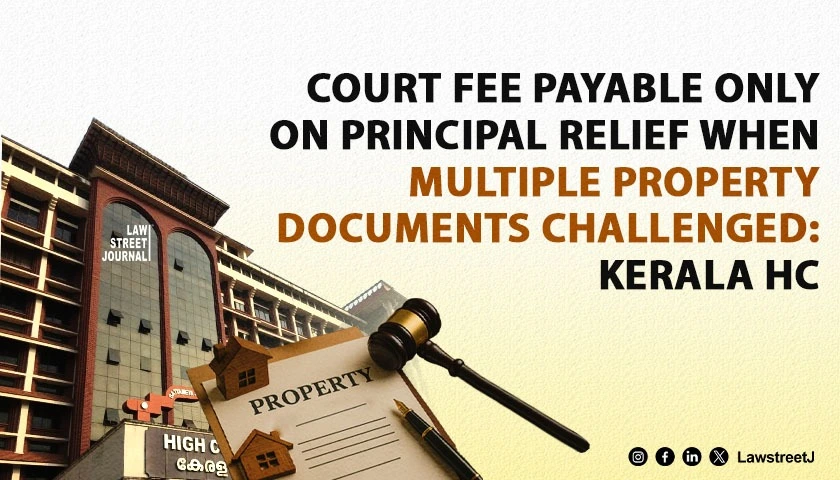


![Kerala HC Quashes 498A Dowry Harassment Case Against Live-In Partner, Citing Lack of Relative Status [Read Order]](/secure/uploads/2023/08/lj_5693_1057c042-1e57-4e27-8c9e-25af0ec38ec4.jpg)
![Watching porn on mobile: Kerala HC highlights importance of mother cooked meals, outdoor sports [Read Order]](/secure/uploads/2023/09/lj_9155_Parental_supervision_of_mobile_phone_usage.jpg)
![Lakshadweep MP Mohammed Faizal Disqualified from Lok Sabha After Conviction Suspension Plea Rejected by Kerala High Court [Read Notice]](/secure/uploads/2023/10/lj_9640_87b5fd97-0e05-4ff8-9a99-3be1e4446192.jpg)
